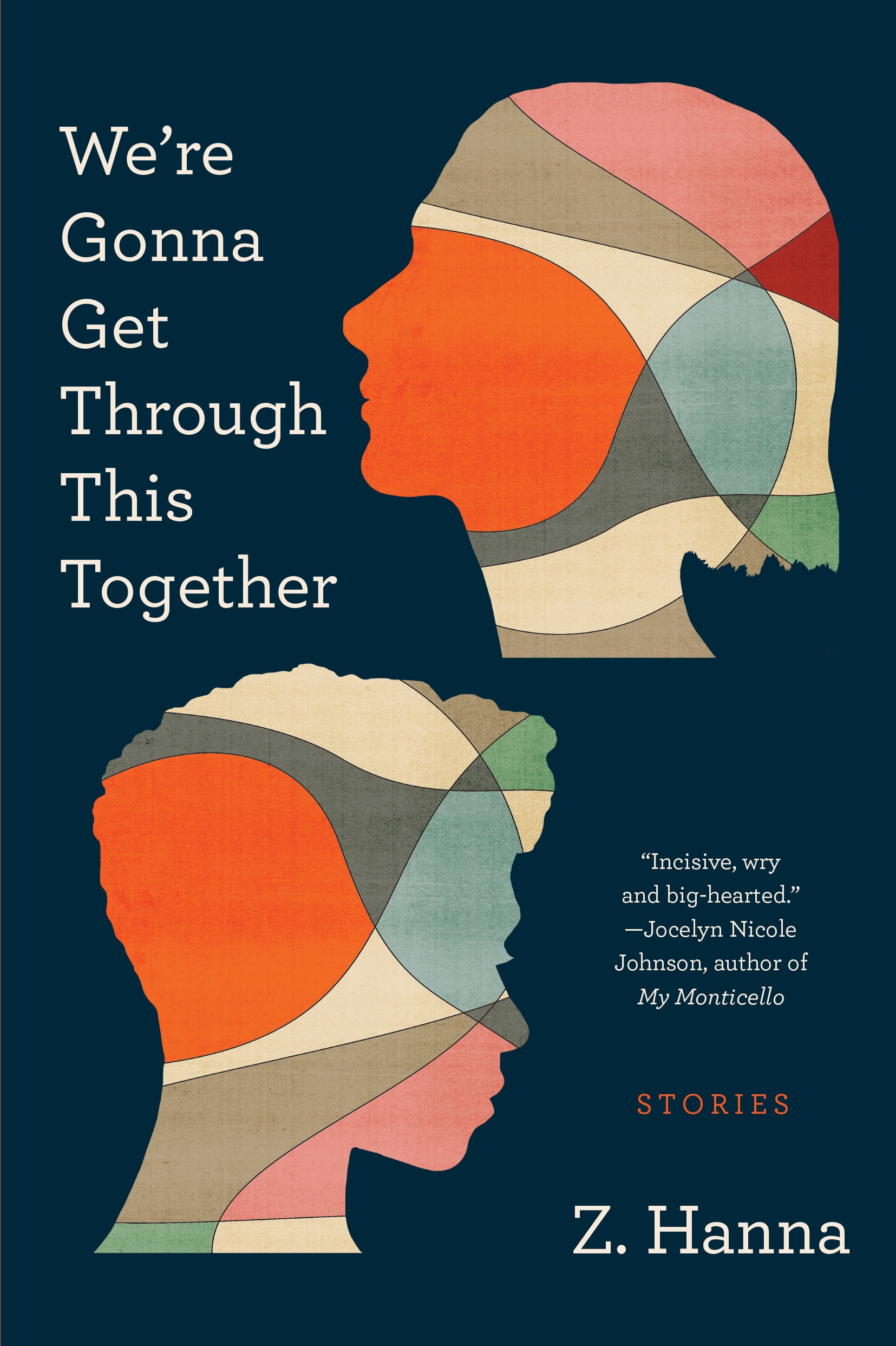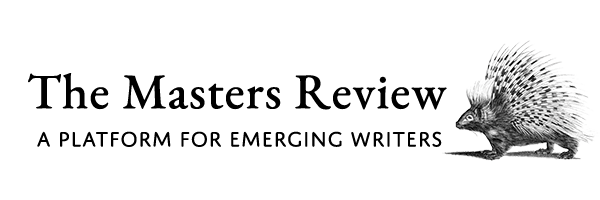 Z. Hanna’s debut short story collection, We’re Gonna Get Through This Together is a satire-filled collection akin to Nana Kwame Adjei-Brenyah’s imaginative worlds and the raw desire found in Kimberly King Parsons’s but with a sensibility that is entirely Z. Hanna’s. Hanna’s stories are packed with the cynicism of do-goodery within the intersections of race, sexuality, gender, and class, but are simultaneously riddled with hope.
Z. Hanna’s debut short story collection, We’re Gonna Get Through This Together is a satire-filled collection akin to Nana Kwame Adjei-Brenyah’s imaginative worlds and the raw desire found in Kimberly King Parsons’s but with a sensibility that is entirely Z. Hanna’s. Hanna’s stories are packed with the cynicism of do-goodery within the intersections of race, sexuality, gender, and class, but are simultaneously riddled with hope.
In the titular story, “We’re Gonna Get Through This Together,” we meet Kara, who starts a relationship with Vero but notes, “If she didn’t have rich white-ish person guilt, and if I didn’t have D.C. public school pride, we probably wouldn’t have made it work as long as we did.” They create a start-up together helping people face their different levels of privilege, but as the business grows, so the relationship between Kara and Vero unravels revealing a fundamental disconnection between the two of them. The story climaxes with their once shared dog seemingly dying at the emergency vet but turns out to be a “distressed puppy acting out”. This dog that Kara thought was on its last leg of life parallels with Kara’s life work of helping rid the white patriarchal mindset from her clients. As Kara begins to understand this and what has caused her to push away human connection, the vet charges her 750 bucks. The level in which capitalism invades this and the other stories in this collection captures the nuances and socioeconomic barriers of everyday interactions between people.
These stories prick the soul because even with their cynicism, there is also this kernel of conviction that demands a better world, a better society while still acknowledging all the clogs. To criticize for betterment is to love, and Hanna does this so deftly in “Odd Creature,” which brings to the surface the ways in which writing is often unable to bridge desire and action. The narrator is plagued by migraines that leave them unable to speak. On their journey to the woods in West Virginia they become an apprentice for Marvin, a sculptor who has suffered several strokes. The two characters meet in the middle through the medium of sculpting and the use of their bodies to communicate. All the characters in this collection deal with the frustration of using the right words to create connection, and this story fits into this conversation by showing how bodies interact with each other. Hanna allows the reader in with the lines, “Tracing the edges, I thought about how, sometimes, pain is the worst thing, the very worst thing, and sometimes it’s something else.” Hanna doesn’t fill in the words in that moment; it’s an invitation. If you’ve been there with Hanna’s characters and their journeys you know what else it is: it’s language. This is one of those stories that blends the themes of how the language of pain and the art we make from it can speak for itself. The story closes with the narrator seeing the gargoyle the two characters created unveiled for the first time: “It was different from how I remembered it, but also the same. So much was melting inside me. ‘Thank you,’ I said, in a language I knew the old man would recognize.”
In “Fundraising Pitch,” we get an epistolary COVID story in which Hanna perfectly captures the civil unrest, but more specifically the white savior keyboard warriors, that felt like a blip in time. When the story opens, the protagonist, Lou writes letters to Gloria asking for money for an offshoot Black Lives Matter group. Hanna’s layered storytelling is so profound here as we learn more about what drives Lou to write incessantly to his former friend, Gloria. He imagines a reason for why Gloria hasn’t yet written back to him:
“I suspect there might be some external force fudging things up for us and, though I am pleased to have this confirmed, I will admit to feeling a bit sheepish, thinking of you one day arriving home, memories of your time with those you love having twisted, over the course of a single flight, from pleasant pondering mournful longing, (this being, perhaps, the last time you will see them, who knows), and then arriving to find a stack of sloppy letters (still with an important political imperative) from a someone you no longer know.”
He continues sending letters and implicating himself as he does so. We learn of this horrible thing that Lou did years ago which could explain why Gloria isn’t writing back, but who knows really, we don’t get to understand Gloria because she hasn’t written back, and instead only see Lou’s imaginative creation of Gloria. He ends his one-sided letters, finally, with, “On the outside, I am a sick old man hobbling towards the grave. But on the inside, I am turning from red to yellow to green.”
In We’re Gonna Get Through This Together, Hanna makes us wonder whether characters can really seek redemption. Where do they turn to find that? Hanna bring us situations from a play-pretend prison camp to simulate incarceration, from a character who goes home with a woman with the only purpose of selling her something to characters whose complex queer sexual relationship seemingly doesn’t work (but somehow does?). One of the most beautiful lines I’ve ever read about being in love and being present in it, in one’s body, is found in the story, “A Little to the Left:” “He was pretty is what I’m trying to say, the way that trees are suddenly pretty when you look up from your dead phone.” What Hanna asks of us in this collection is to look up from our dead phones and see the beauty of the world in each other.
Publisher: Modern Artist Press
Publication date: March 4, 2025
Reviewed by Hally Winters
Hally Winters is a writer from Los Angeles. Hally was awarded the CalArts post-grad fellowship for her class on California Literature as well as a residency with Sundress Publishing. She is a finalist for Flash Frog’s flash contest, and her work has been shortlisted for Fractured Lit’s Elsewhere Prize. Her fiction and book reviews can be found at The Los Angeles Review, Thirty West, Laurel Review, and more.
